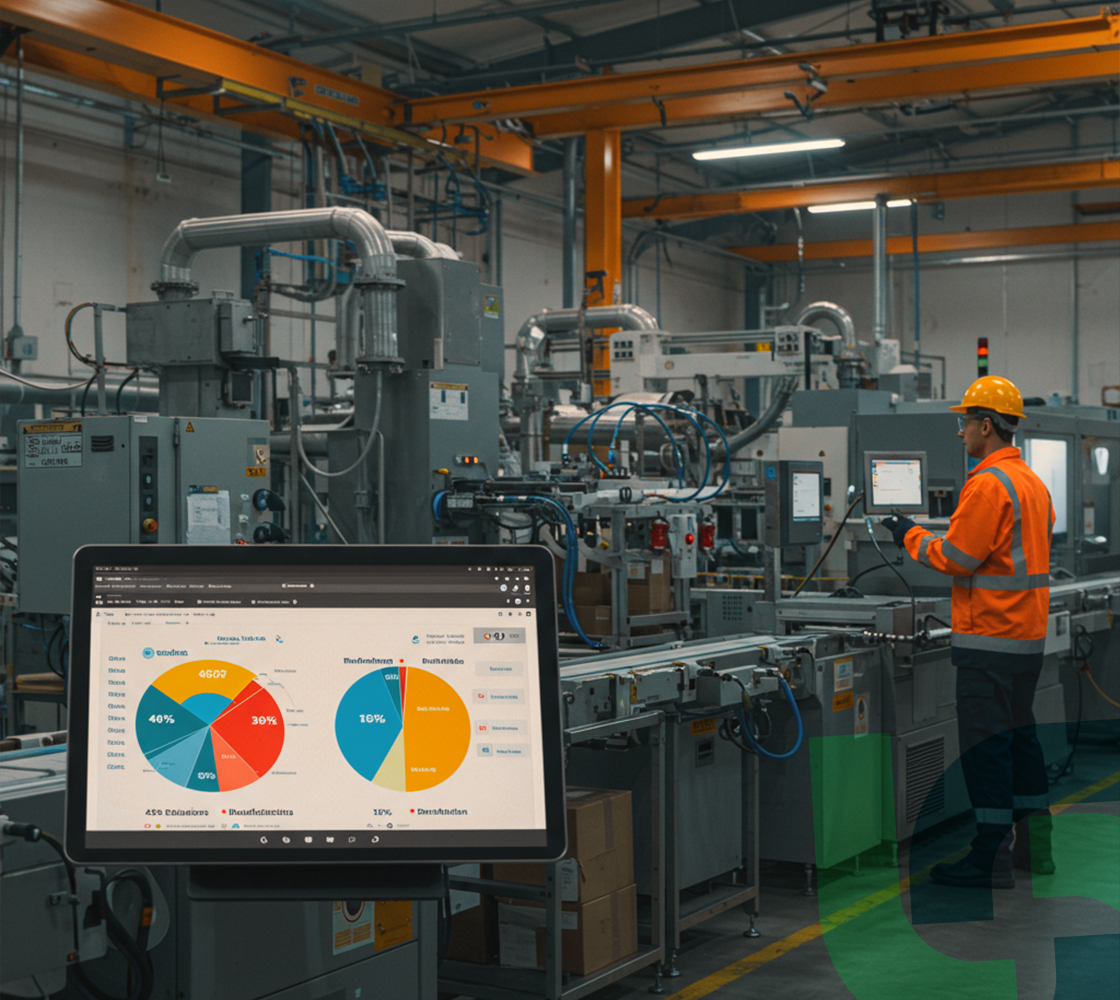Life Cycle Assessment (LCA) is a systematic tool used to evaluate the environmental impacts associated with a product, process, or service throughout its entire life cycle — from raw material extraction, through production and use, to final disposal or recycling.
Also known as a “Cradle to Grave” approach, LCA is one of the most important scientific tools for assessing environmental sustainability.


Identifying Critical Impact Points
• LCA helps detect the most environmentally harmful stages in a product’s life cycle, enabling effective improvement decisions.
Guiding Sustainable Design
• Provides scientific data to support the development of more efficient products with lower environmental impact.
Supporting Green Marketing and Environmental Certifications
• Helps products obtain sustainability labels such as EPD and boosts consumer confidence.
Ensuring Regulatory Compliance
• Assists companies in meeting local and international environmental regulations.
Enabling Informed Decision-Making
• A powerful tool for manufacturers, governments, and consumers to make environmentally conscious decisions.
Raw Material Extraction (Cradle)
Involves activities used to obtain natural resources such as mining, logging, agriculture, and other raw material extraction processes.
Manufacturing and Production
Covers the processing of raw materials, energy consumption, emissions, and waste generated during production.
Transportation and Use
Involves the environmental impacts of packaging, distribution, and actual use of the product by the consumer.
End-of-Life (Grave)
Addresses how the product is handled after use — whether through landfilling, incineration, or recycling — and calculates the environmental impact of each option.
Goal and Scope Definition
• Purpose of the study.
• Analysis boundaries (Cradle-to-Gate or Cradle-to-Grave).
• Functional unit used for comparison.
Life Cycle Inventory (LCI)
• Collect quantitative data on all inputs (e.g., materials and energy) and outputs (e.g., emissions and waste).
Life Cycle Impact Assessment (LCIA)
• Climate change
• Resource depletion
• Water and air pollution
• Human and ecosystem toxicity
Interpretation
• Analyze results to draw clear conclusions and provide recommendations for reducing environmental impact and improving sustainable performance.
We’re here to help you make more informed decisions and successfully achieve your sustainability goals.